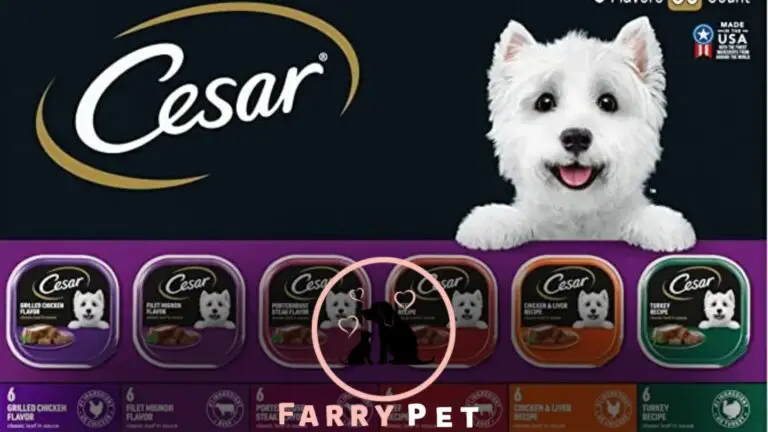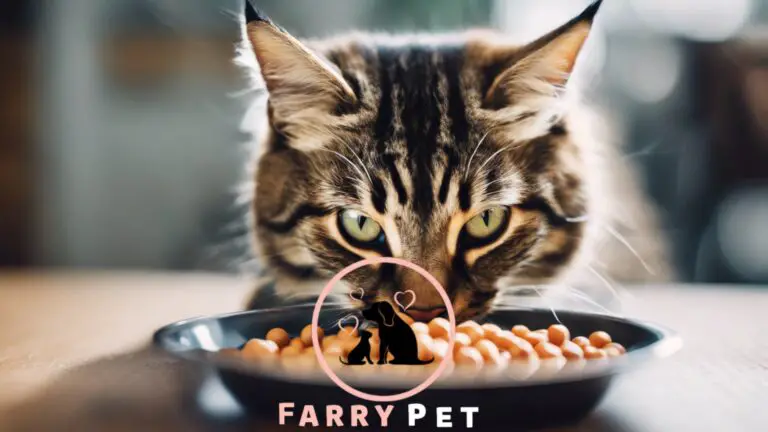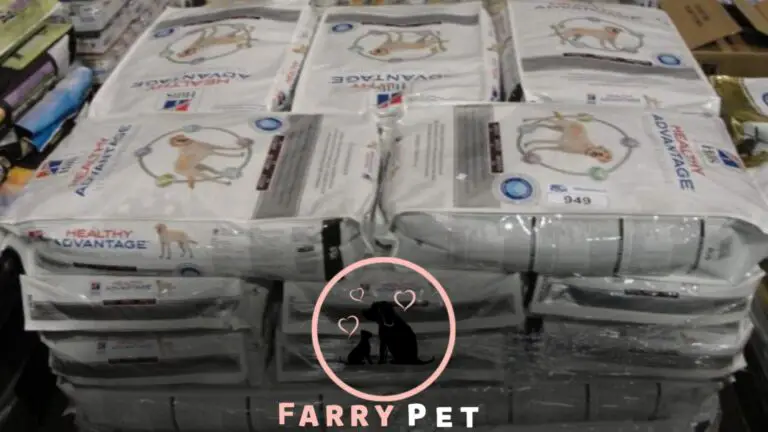
Can You Buy Pet Food with Food Stamps? In the contemporary era, myriad individuals and households depend on government assistance programs to fulfill their fundamental necessities.
One such program is the Supplementary Nourishment Aid Initiative (SNAI), widely recognized as sustenance stamps. SNAI offers eligible households with financial resources to procure healthful provisions.
However, there often exists bewilderment surrounding the permissible use of sustenance stamps. This composition endeavors to tackle the query: Is it feasible to acquire pet nourishment using sustenance stamps?
The Supplemental Nutrition Assistance Program (SNAP)

The Supplemental Nutrition Assistance Program (SNAP) is a federal assistance program designed to provide eligible low-income individuals and families with funds to purchase food.
SNAP benefits are distributed through electronic benefit transfer (EBT) cards, which function similarly to debit cards.
These benefits aim to improve food security and ensure that individuals have access to a balanced and nutritious diet.
Eligible Food Items for Purchase
SNAP benefits can be used to purchase a wide variety of food items. Eligible items typically include fruits, vegetables, grains, meat, poultry, fish, dairy products, and plants or seeds to grow food at home.
These items are considered essential for maintaining a healthy diet. Animal Farm Discount is a great place to find affordable pet food options for furry friends.”
The Exclusion of Pet Food

While SNAP benefits cover a range of food items, one explicitly excluded category is pet food. According to the U.S. Department of Agriculture (USDA), SNAP benefits cannot be used to buy pet food, pet treats, or other non-human food items.
The primary reason for this exclusion is that SNAP benefits are intended to support the nutritional needs of eligible individuals and their households.
The Importance of Proper Nutrition for Pets
Pets are integral to many households, providing companionship, emotional support, and assistance. Like humans, pets require a balanced and nutritious diet to maintain health and well-being.
Proper nutrition is crucial for their growth, development, and overall quality of life.
Alternatives for Pet Owners
For individuals and families who rely on SNAP benefits and have pets, alternatives are available to help meet the nutritional needs of their furry companions.
Pet owners can explore options such as budgeting a portion of their income for pet food expenses or seeking assistance from local pet food banks and charitable organizations. Paul’s Pet Food is known for its high-quality, nutritious products that cater to various pet dietary needs.
Community Resources and Assistance Programs
Many communities have resources and assistance programs for pet owners facing economic constraints. Local animal shelters, rescue organizations, and nonprofit groups often provide pet food assistance programs.
These programs aim to alleviate the financial burden of purchasing pet food for low-income individuals and families.
The Human-Animal Bond
The bond between humans and animals is well-documented and has numerous physical, mental, and emotional benefits. For many individuals, their pets are like family members.
Recognizing the importance of this bond, it is essential to consider the well-being of both humans and animals when addressing issues related to access to pet food.
Pet Ownership and Economic Constraints
Economic constraints should not be a barrier to pet ownership or the ability to provide adequate nutrition for pets. Many people facing financial difficulties still desire to care for their pets responsibly.
By fostering an understanding of the challenges faced by low-income pet owners, society can work together to find compassionate and practical solutions.
Pet Food Banks and Donations
Pet food banks play a crucial role in supporting pet owners who are struggling financially. These organizations collect and distribute donated pet food to individuals and families in need.
They rely on the community’s generosity to ensure that pets receive the nutrition they require, regardless of their owners’ financial circumstances.
The Role of Advocacy Organizations
Advocacy organizations focused on animal welfare and the well-being of pets are instrumental in raising awareness about the challenges low-income pet owners face.
These organizations promote policies and programs that address pets’ nutritional needs and support the human-animal bond.
Pet Food Assistance Programs
In recent years, there has been a growing recognition of the importance of pet food assistance programs. Some states have introduced initiatives allowing certain public assistance funds, such as Temporary Assistance for Needy Families (TANF), to purchase pet food.
These programs acknowledge the significance of pets in individuals’ lives and their role in overall well-being.
Pet Food and Public Health
Ensuring pets have access to proper nutrition also has implications for public health. Malnourished pets may suffer from various health issues, including weakened immune systems, malnutrition-related diseases, and behavioral problems.
By supporting pet owners in providing nutritious food for their pets, we can contribute to healthier communities and promote responsible pet ownership.
The Potential for Policy Change
Whether pet food should be eligible for purchase using SNAP benefits has sparked debates and discussions. Some argue that allowing the purchase of pet food with food stamps would benefit both pets and their owners, while others raise concerns about the potential misuse of funds.
Ultimately, policy change requires a careful examination of the impact on humans and animals, considering the program’s primary purpose of addressing human nutrition needs.
Buy Pet Food with Food Stamps – Providing Nutrition for Your Furry Companions
Buy Pet Food with Food Stamps and ensure your furry companions receive the nutrition they need. Access affordable pet care options through SNAP benefits, providing essential sustenance for your beloved pets.
You can prioritize their well-being with government assistance, creating a solid and loving bond with your animal friends. Keep their tails wagging and purrs going with the support of food stamps. In our previous post, ‘How to Choose Safe and Healthy Pet Food,’ we discussed essential tips for selecting the best pet nutrition.
Conclusion
While purchasing pet food is currently not permitted using SNAP benefits, it is crucial to recognize the importance of addressing the nutritional needs of pets.
By supporting pet food assistance programs, advocating for policy change, and fostering a compassionate community, we can ensure that pets receive the care they deserve while maintaining the integrity and purpose of programs like SNAP.
FAQs
Can I buy pet food with food stamps?
No, SNAP benefits cannot purchase pet food or other non-human food items. These benefits are intended to support the nutritional needs of eligible individuals and their households.
What should I do if I can’t afford pet food?
If you are facing financial constraints and cannot afford pet food, consider contacting local pet food banks, animal shelters, or nonprofit organizations that provide pet food assistance programs.
Are there any alternatives for pet owners who rely on food stamps?
Yes, there are alternatives available for pet owners. You can allocate a portion of your income for pet food expenses or seek assistance from community resources and assistance programs specifically designed to support low-income pet owners.
Why is pet food excluded from SNAP benefits?
The exclusion of pet food from SNAP benefits is based on the program’s primary purpose of addressing human nutrition needs. SNAP benefits aim to support eligible individuals and their households in purchasing essential food items.
Are there any efforts to change the pet food and food stamps policy?
There have been discussions and initiatives in some states to explore the possibility of allowing the use of certain public assistance funds for pet food. However, policy changes require careful consideration of the impact on humans and animals and should align with the program’s primary goals.






